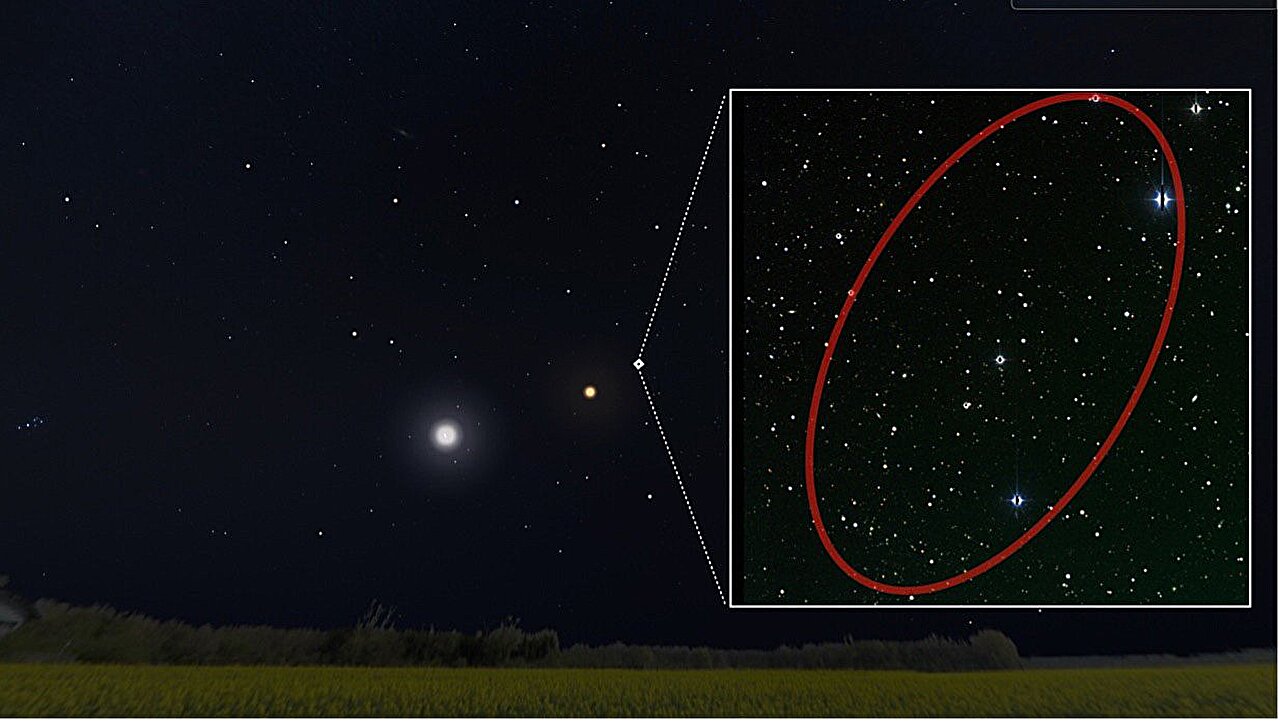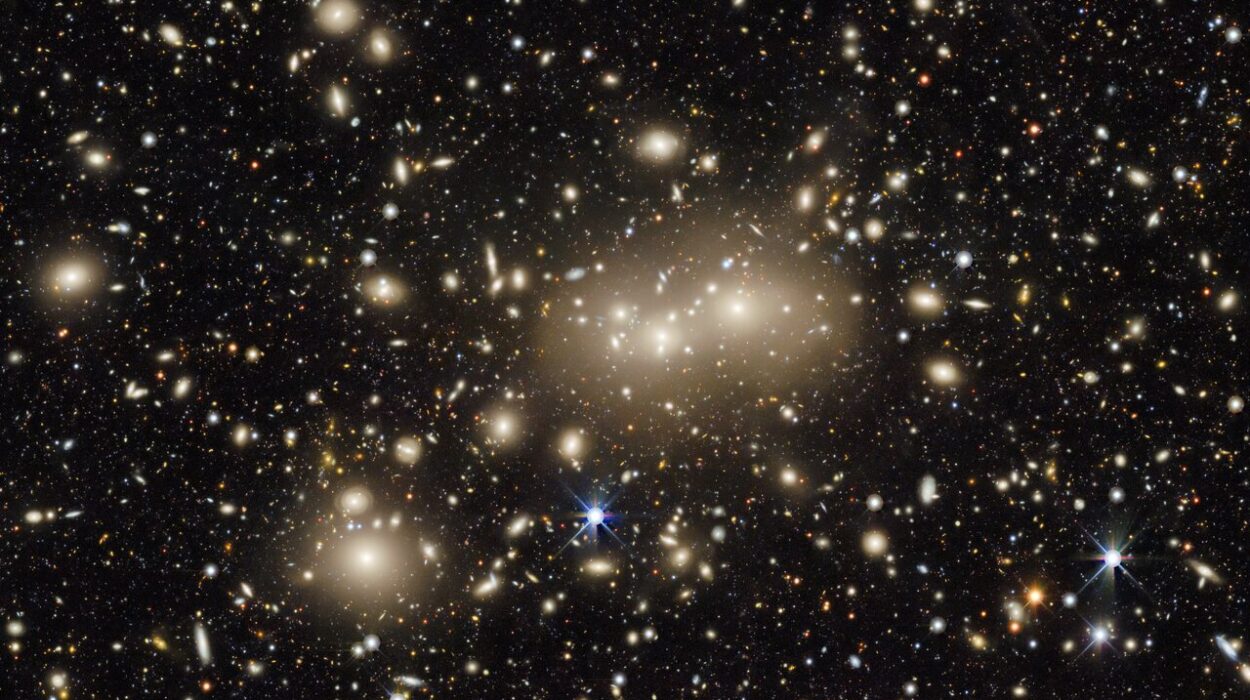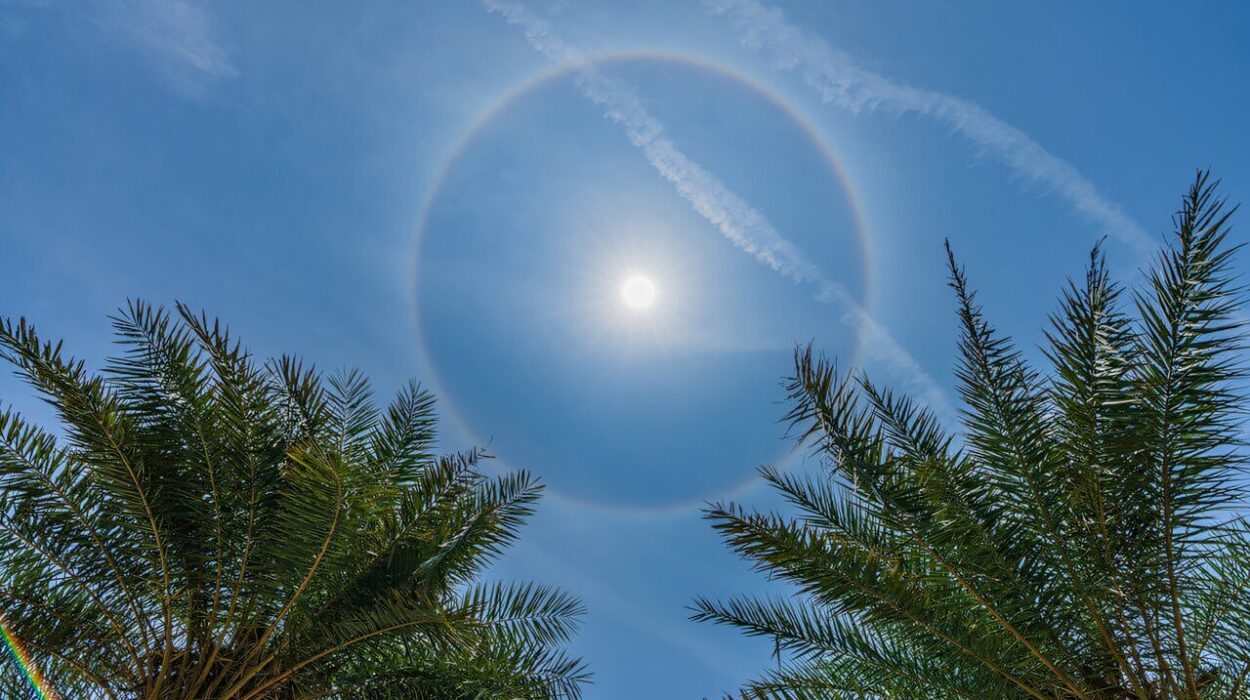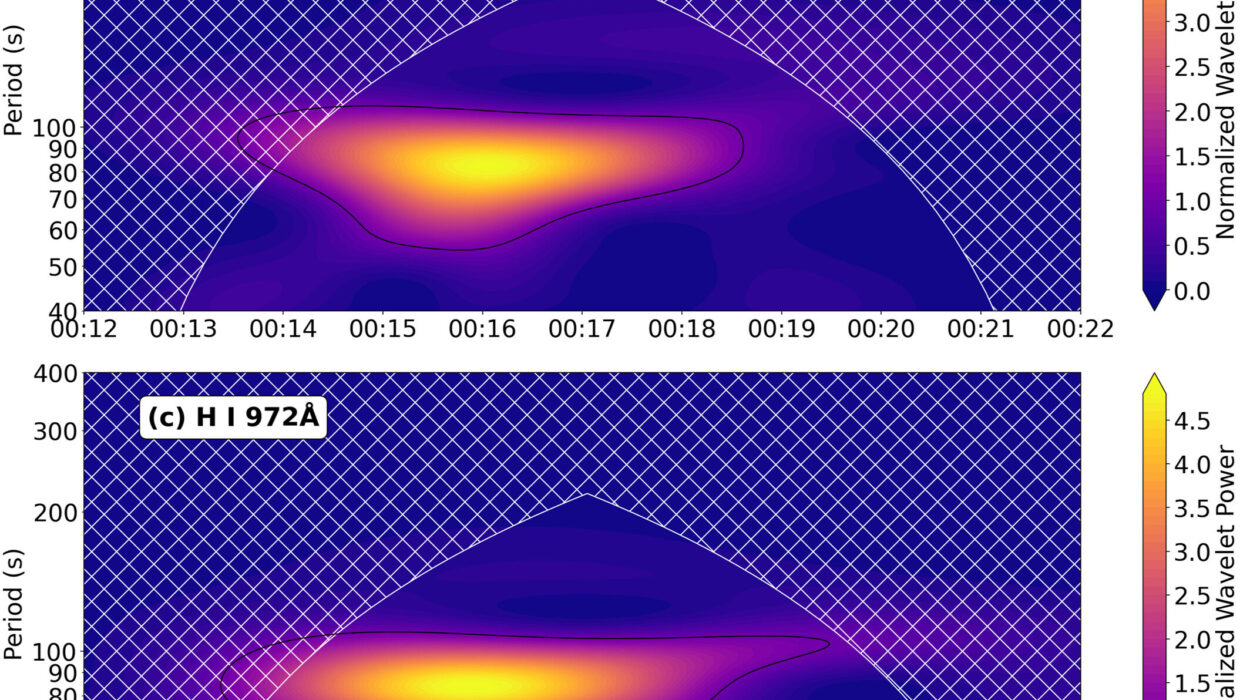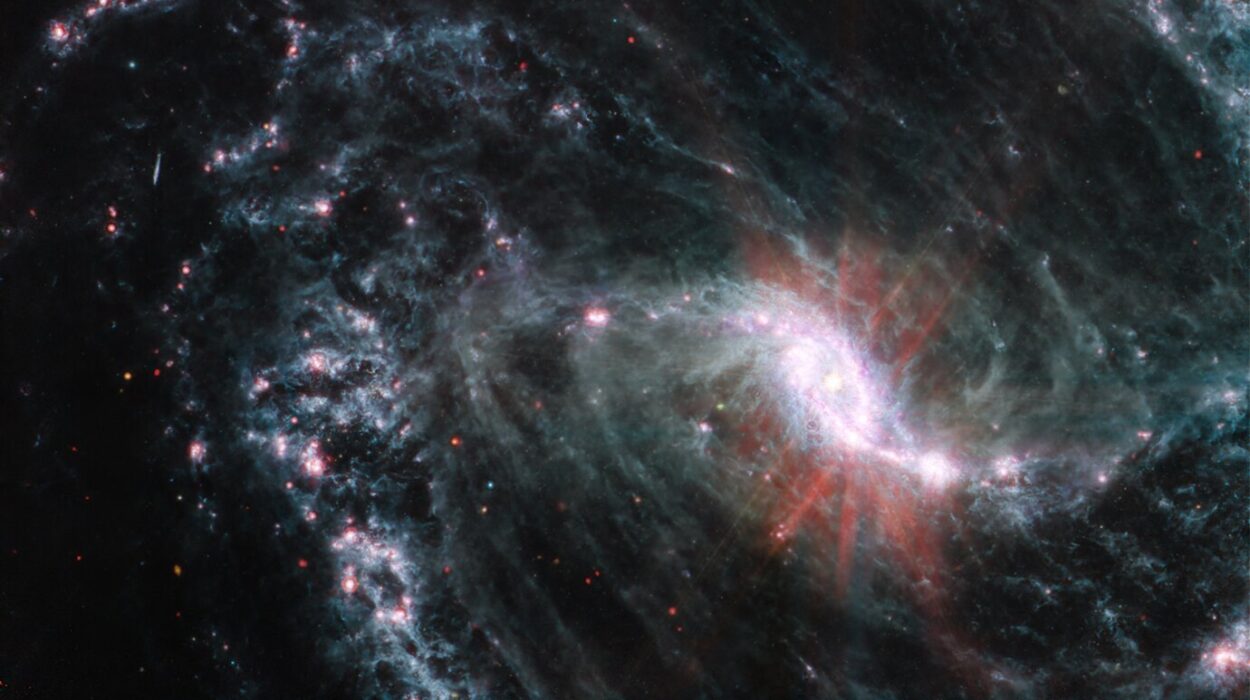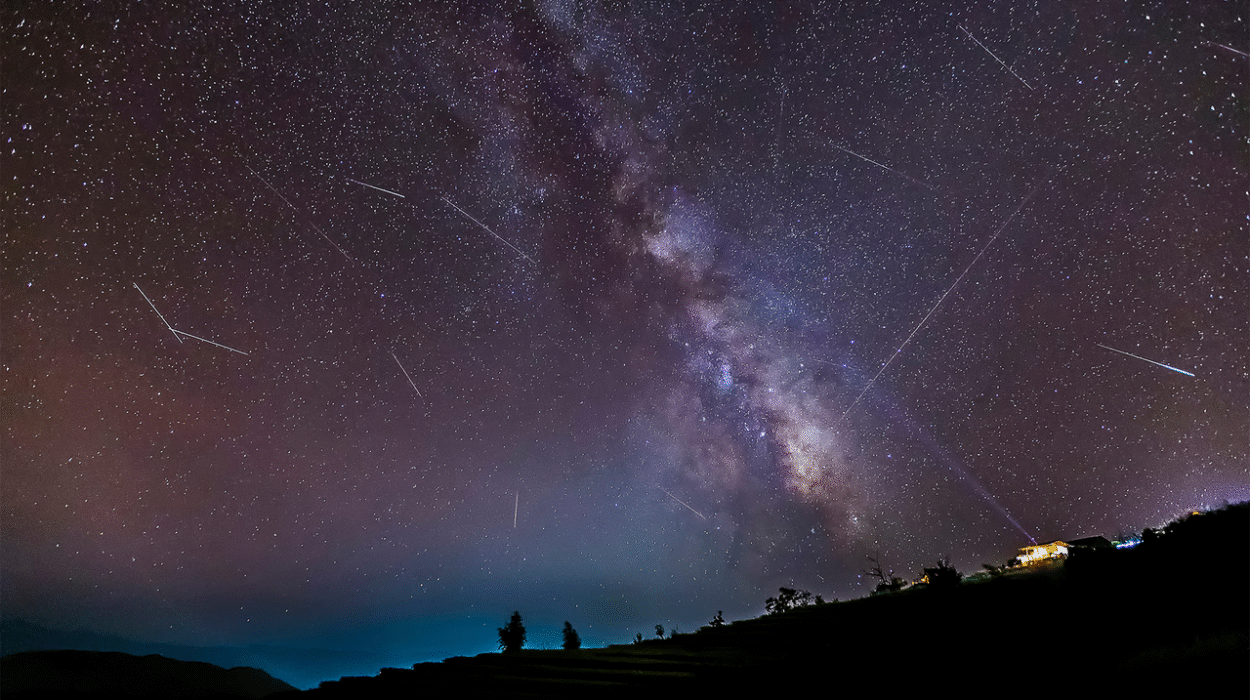The universe is filled with bullets of unimaginable energy — lone protons, electrons, and ghost-like neutrinos traveling through space at nearly the speed of light. They crash into Earth from all directions, carrying the signatures of some of the most violent events in existence. For decades, astrophysicists have asked a simple but unresolved question: what launches them? One leading suspicion points to explosive cosmic catastrophes — dying stars erupting as supernovae, or stars shredded by black holes in tidal disruption events. These cataclysms could act as natural particle accelerators, hurling high-energy projectiles across the universe. But suspicion is not proof, and until now the idea has not been put through a thorough, systematic test.
A new study, published in The Astrophysical Journal, takes a decisive step toward answering that question — not by finding something, but by very carefully not finding it.
Listening for the Light Behind a Neutrino Signal
The investigation began with a rare and precious signal detected by the IceCube Neutrino Observatory, a detector embedded deep in the Antarctic ice. IceCube listens for ultra-high-energy neutrinos — nearly massless particles that barely interact with matter and can travel unbent and unblocked from their origins. Unlike light, they carry news from places that are otherwise invisible. Occasionally, IceCube sees not just a single neutrino but several arriving from the same region of the sky within a short window of time. These clustered detections, called a neutrino multiplet, are prime suspects for pointing to a shared astrophysical engine.
If a violent cosmic explosion really launched those neutrinos, then somewhere in that patch of sky, around that same time, there should have been a visible flash — a supernova bloom, a star shredding under a black hole, or another optical transient bright enough to be caught by telescopes on Earth.
That is what a team led by Seiji Toshikage and colleagues at Tohoku University set out to test.
A Search That Found Nothing — and Why That Matters
The researchers performed the first systematic search for an optical event that could match the neutrino multiplet in both location and timing. They combed through wide-field astronomical images, scanning for any transient flare that might reveal a cosmic explosion lurking behind the neutrino signal. They found nothing. No supernova. No tidal disruption event. No outburst of any recognized kind.
The absence was not a failure — it was a discovery.
Because if such an explosion existed but went unseen, it must have been either fainter than expected, shorter-lived than expected, or both. The non-detection therefore tightens the limits on what kinds of astrophysical events could plausibly generate high-energy neutrino multiplets. The universe just crossed a line of exclusion: whatever produces these neutrinos must obey stricter rules than we previously allowed.
As Toshikage put it, even silence can be evidence. When nature withholds a signal you were listening for, it is telling you something definite about what the source cannot be.
Narrowing the Cosmic suspects
By ruling out the brightness and timescale ranges of invisible events, the team has squeezed the parameter space of plausible origins. Explosive transients might still be responsible — but if so, they must behave differently than the standard models assume. Perhaps they erupt in wavelengths we are not looking at, or fade faster than telescopes normally catch. Or perhaps the engines are of a different, more exotic class altogether, operating far from the categories astronomers have already named.
Each refinement brings us closer. When a mystery loses possibilities, it sharpens.
What Comes Next in the Hunt for Cosmic Engines
The team will not wait passively for another lucky coincidence. They plan rapid optical follow-ups triggered the moment new neutrino multiplets are reported by IceCube. Instead of looking backward in archived sky maps, they hope to watch in real time — to be present at the instant when the universe flares and speaks. Their methods, now established and stress-tested by this null result, prepare them for faster and sharper pursuit.
The unresolved origin of high-energy particles is one of astrophysics’ most enduring puzzles. Each neutrino that reaches us has survived a journey from a violent birthplace. Somewhere out there — in a collapsing star, in the throat of a black hole, or in an engine we have not yet imagined — nature is accelerating matter to energies far beyond anything built on Earth.
We still do not know what or where those engines are.
But thanks to a quiet patch of sky that refused to shine when asked, we now know a little more about what they are not — and in science, that is how one of the deepest mysteries in the universe begins to yield.
More information: Seiji Toshikage et al, The First Search for Optical Transient as a Counterpart of a Month-timescale IceCube Neutrino Multiplet Event, The Astrophysical Journal (2025). DOI: 10.3847/1538-4357/adfedf
